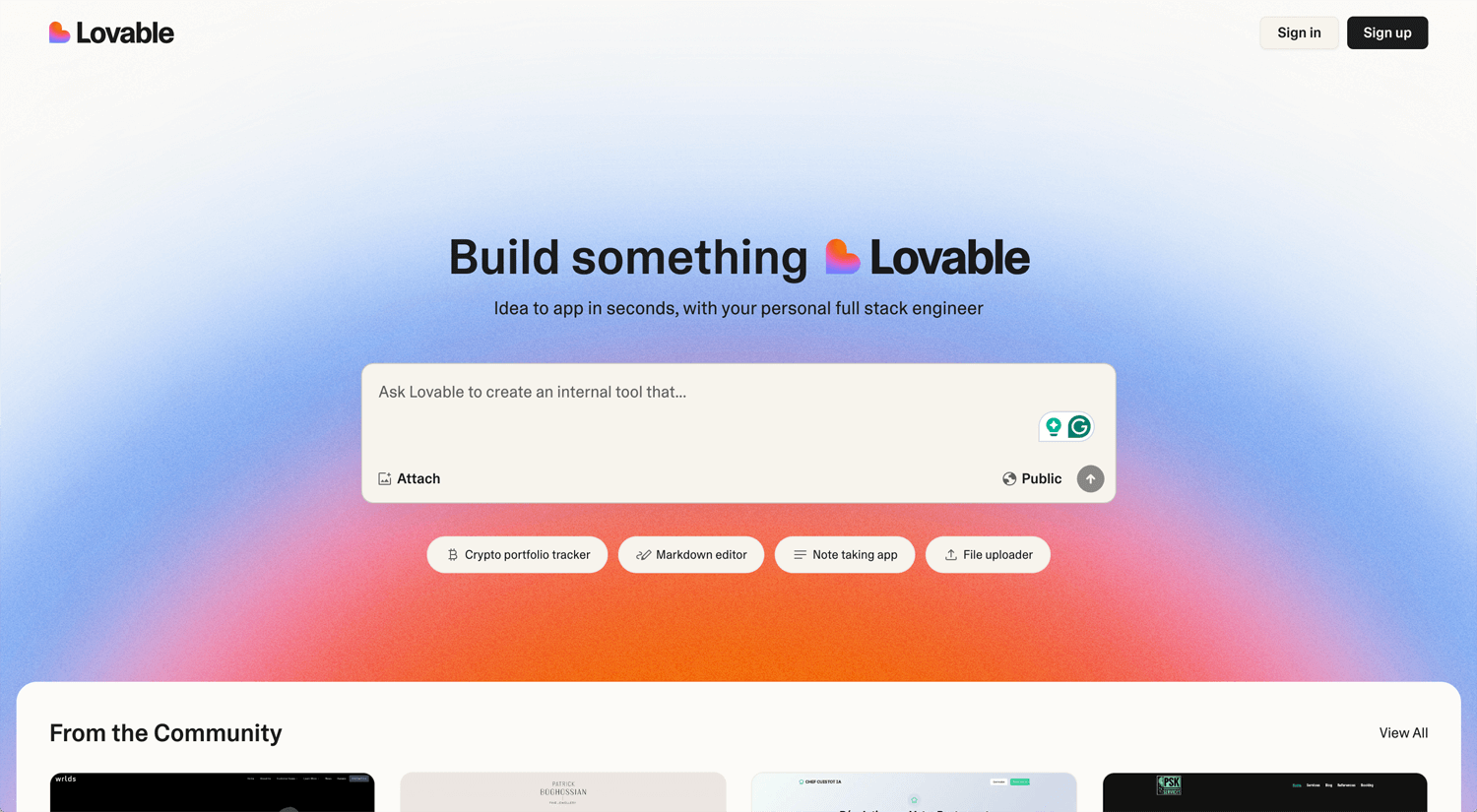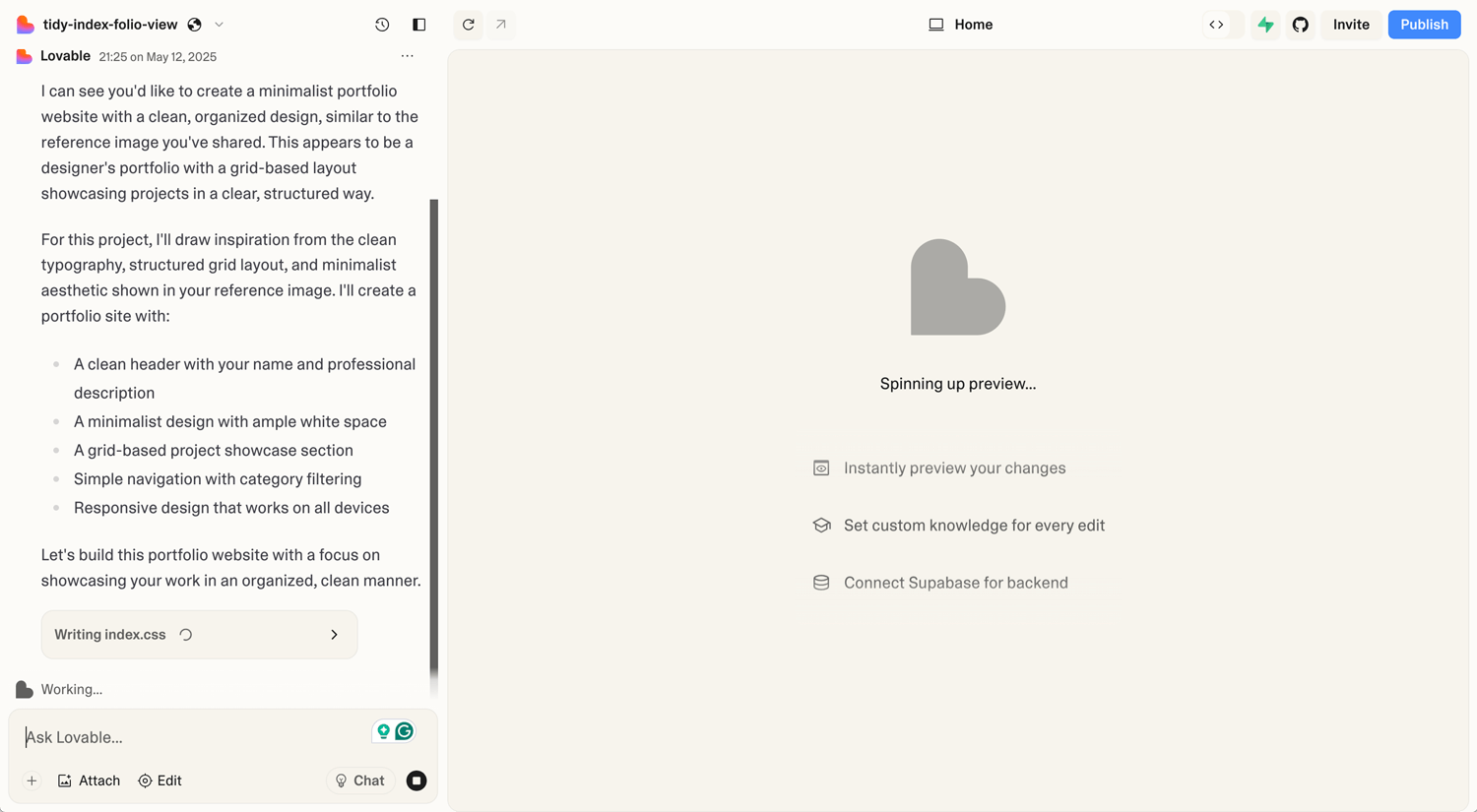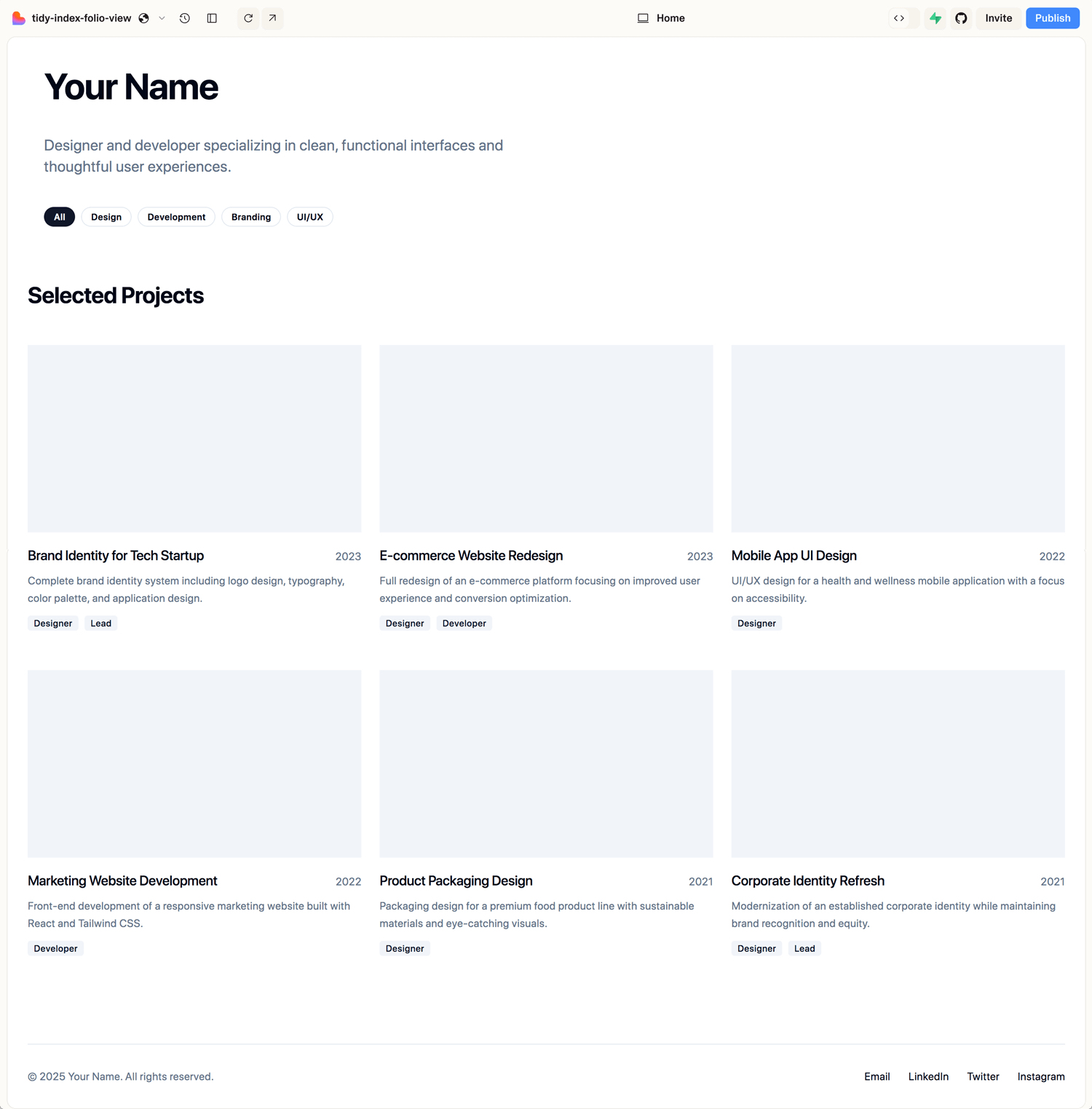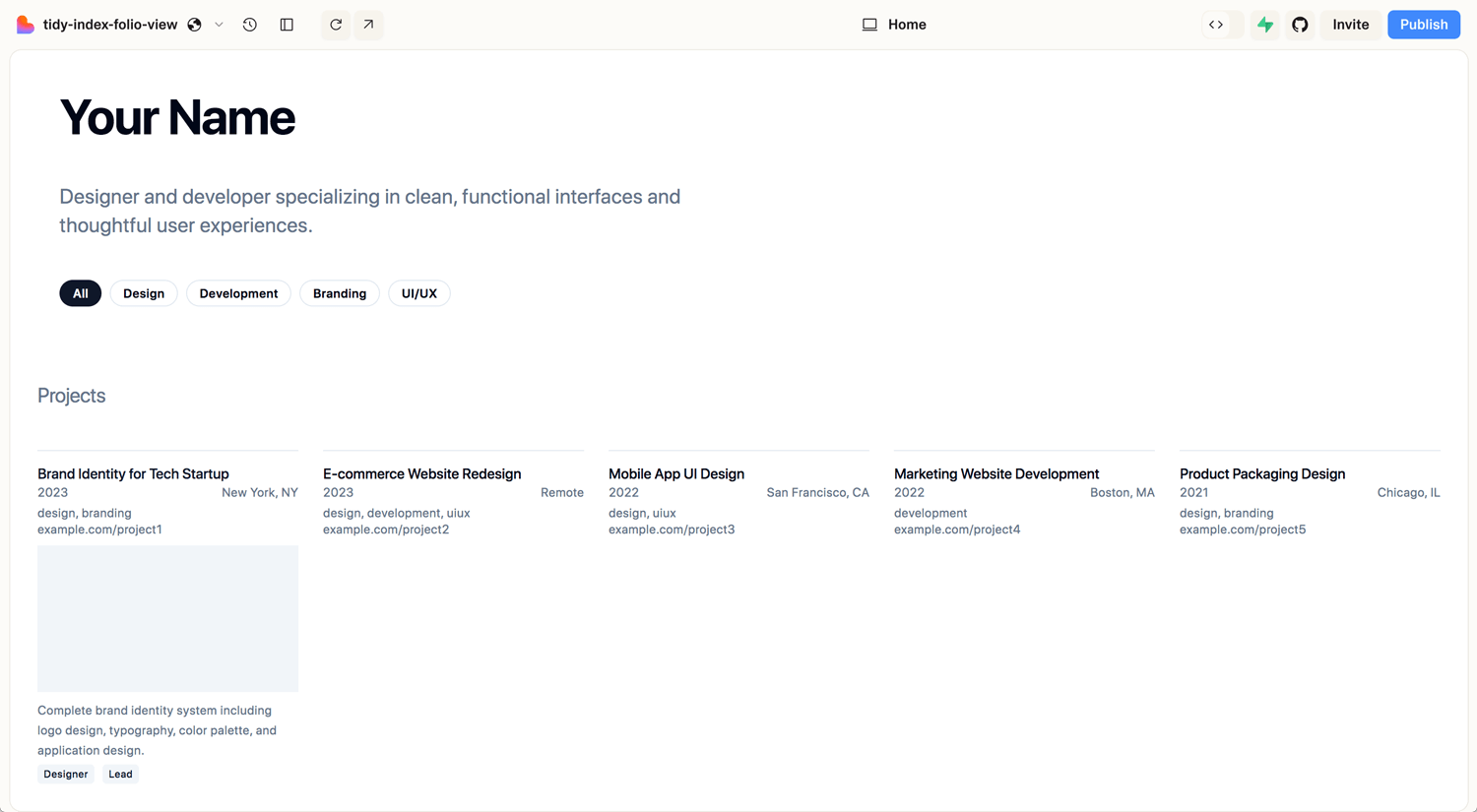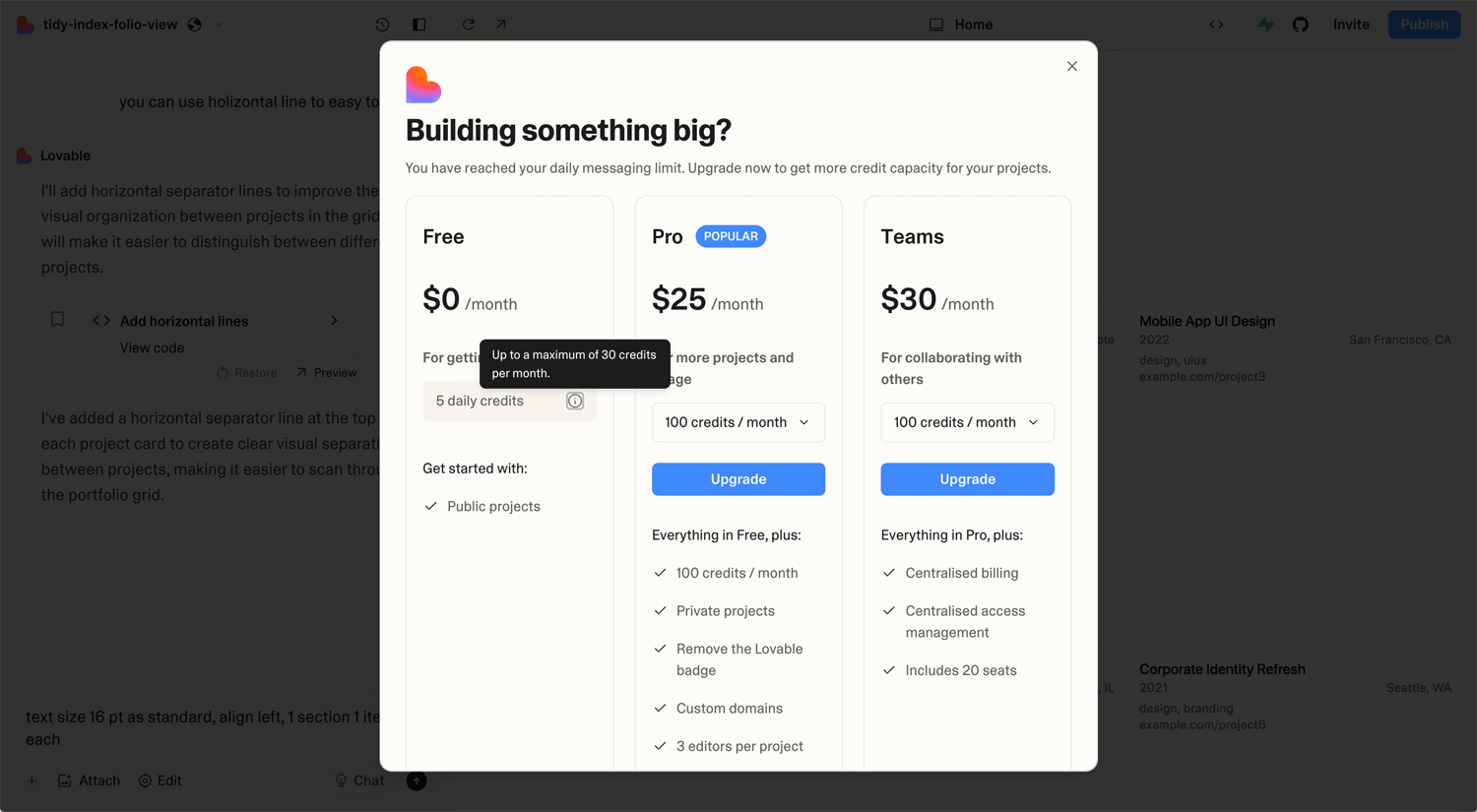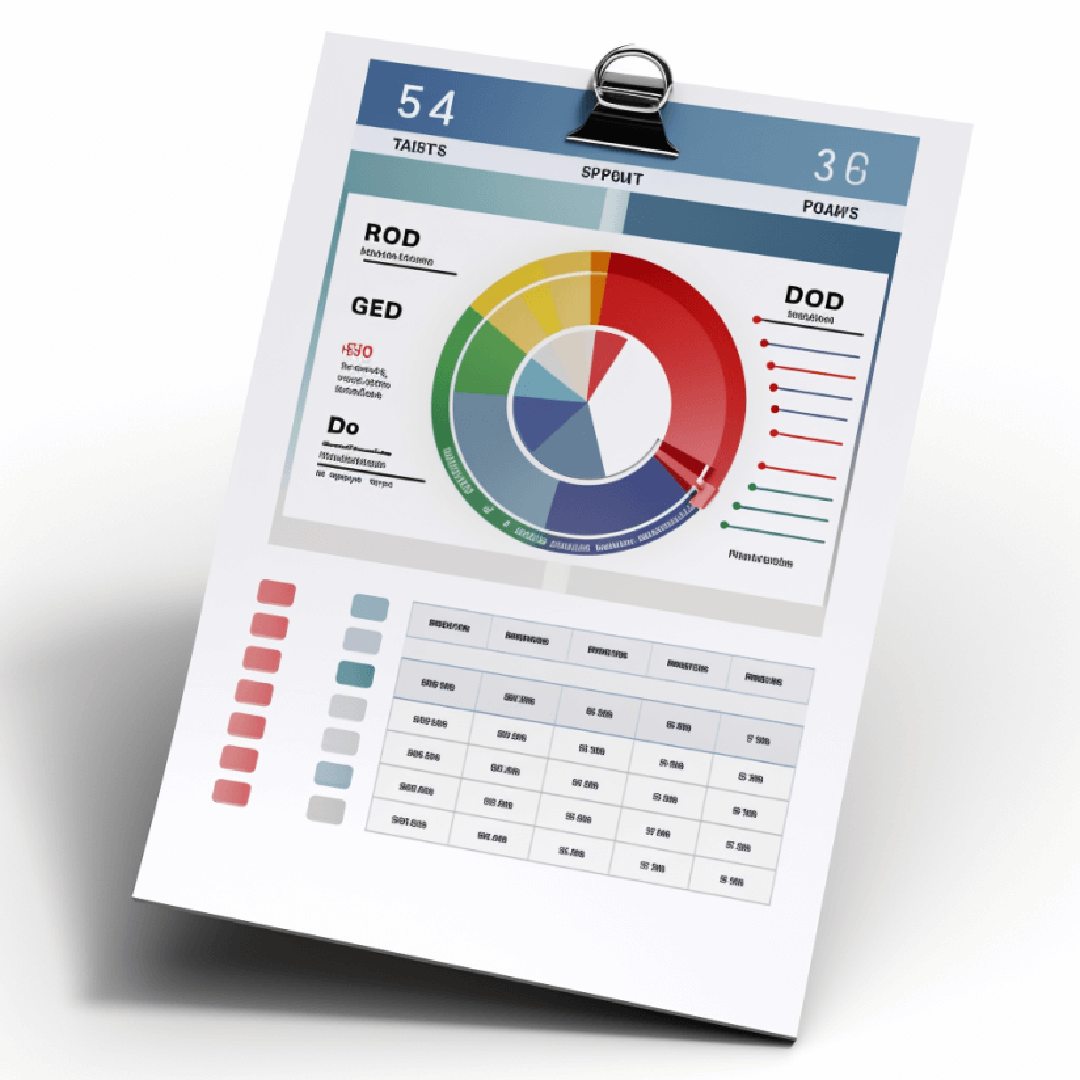Story: Will AI replace human labor?
As artificial intelligence continues to evolve at a staggering pace, one question keeps surfacing across industries and dinner tables alike:
Will AI replace human labor?
From automated checkout lanes to AI-driven content creation, machines are increasingly stepping into roles once occupied by people. While some view this as a threat to job security, others see it as an opportunity to redefine the way we work.
How about a web and graphic designer job?
In May 2025, if you ask LLM to write code for a website. LLM can do it, but coding for website development is one of the processes.
For example:
1. Business Idea & Validation
- Identify a problem and propose a solution
- Conduct market research
- Define your target audience
- Analyze competitors
- Validate the idea (surveys, MVPs, feedback)
2. Business Planning
- Create a business plan (vision, goals, strategy)
- Choose a business model
- Develop a financial plan and projections
- Decide on legal structure (e.g., LLC, corporation)
- Register your business and domain name
3. Brand Identity
- Choose a business name
- Design a logo
- Define brand colors and typography
- Develop a brand voice and messaging
- Create a tagline or mission statement
4. Brand Guidelines
- Document logo usage rules
- Define color palette and font styles
- Outline tone of voice and writing style
- Include examples of social media, ads, and email design
- Share across your team or with collaborators
5. Website Development
- Choose a platform (e.g., Webflow, Shopify, WordPress)
- Plan site structure (pages, features, navigation)
- Write SEO-optimized content
- Design UX/UI
- Develop and test responsive design
- Set up analytics and tracking
6. Search Engine Optimization (SEO)
- Perform keyword research
- Optimize metadata (titles, descriptions)
- Improve site speed and mobile performance
- Build backlinks and submit sitemaps
- Regularly update blog and content
7. Marketing Strategy
- Define marketing goals and KPIs
- Build buyer personas
- Develop a content strategy
- Plan social media marketing
- Set up email marketing campaigns
- Consider paid ads (Google Ads, Meta, etc.)
8. Launch & Growth
- Soft launch or beta testing
- Gather feedback and iterate
- Launch official campaigns
- Monitor analytics and user behavior
- Continue improving product, support, and marketing
Each step can be explored more deeply. If you have experience with startups, you might already be familiar with the process—but the majority of people are not. I feel that web and graphic designers, especially those working with UX principles, could benefit from being part of a community or society for support and shared knowledge.
What is a Lovable?
Lovable.dev is an AI-powered platform that enables users to create full-stack web applications without requiring coding expertise by simply describing what they want in plain English. It combines frontend and backend development, database integration, authentication, and deployment into a single, user-friendly interface.
Key Features
- Natural Language Interface: Build applications by conversing with the AI, eliminating the need for manual coding.
- Full-Stack Development: Automatically generates both frontend and backend code, handling UI design, data storage, and user authentication.
- Integrations: Supports integration with tools like Supabase for backend services and Stripe for payment processing.
- Deployment: Offers one-click deployment, allowing users to publish their applications quickly.
- Collaboration: Facilitates real-time collaboration, enabling teams to work together on projects within the platform.
Lovable.dev is designed for a wide range of users, including non-coders, startups, product teams, designers, and experienced developers looking to accelerate their development process. By simplifying the app creation process, it empowers users to bring their ideas to life efficiently.
Tested Lovable
I uploaded a sample image, but the output wasn’t very close. The filter is functional, which is great, but modifying the result through prompts may not be efficient unless you’re skilled at prompt writing.
I’m not sure if this is the right place for developing a final product. I usually handle sitemap, wireframe, and prototype design in Figma. Website development is a different discipline from designing—something many designers do understand, but it’s important to recognize the distinction.
I don’t blame Lovable—the output quality really reflects the quality of the prompt. A well-crafted prompt leads to a much better outcome. I can create more refined prompts with the help of ChatGPT, though. I’ll need to run more tests with Lovable to fully evaluate its capabilities.
Conclusion: Interesting for the prompt website development, but uncertain the scale of usage (possibility)
I’m originally a web and graphic designer. I’m uncertain about Lovable’s current demands or potential. I can’t quite see how a designer would be productive fixing a website using prompts. I also don’t know what the CMS dashboard looks like — will the client be able to manage it? What about SEO settings? How will the client maintain the site after the project is completed?
I do see potential in generating websites or code from images, although the current accuracy still needs improvement. It also requires connecting many elements — pages, CMS, SEO, and broader marketing needs — to truly be effective.
Launching a website isn’t the end of a project; it’s the beginning of a business. Clients need to continuously improve their site over time. That’s why I’m unsure about this direction as of May 2025.
That said, Lovable is still new, and it may pivot in the future to better meet market demands — no one knows for sure.
Startups are challenging, but also exciting.
